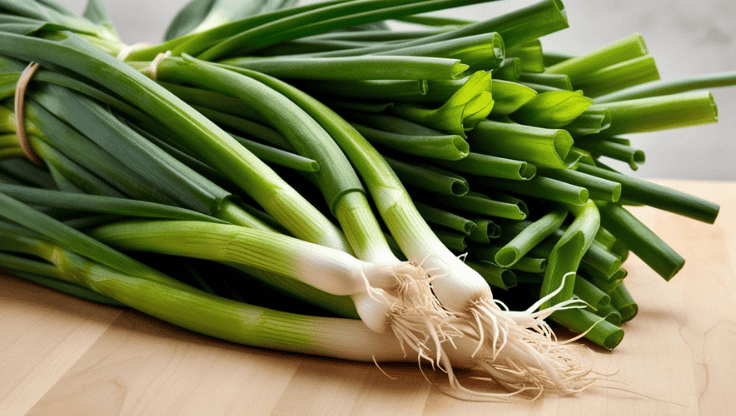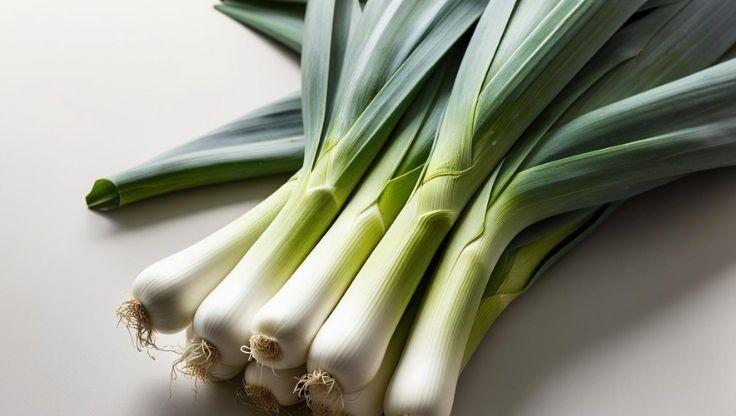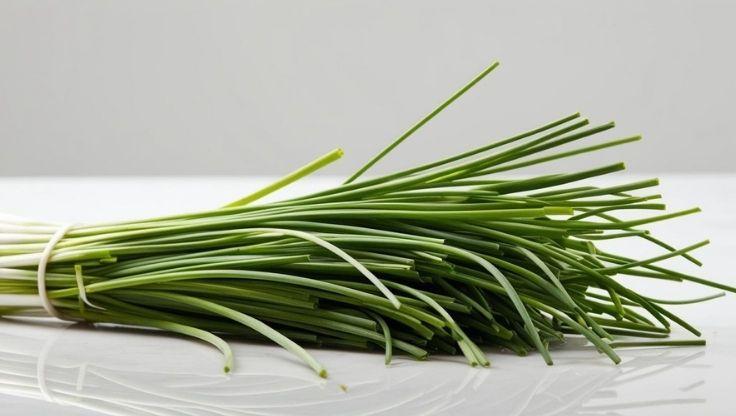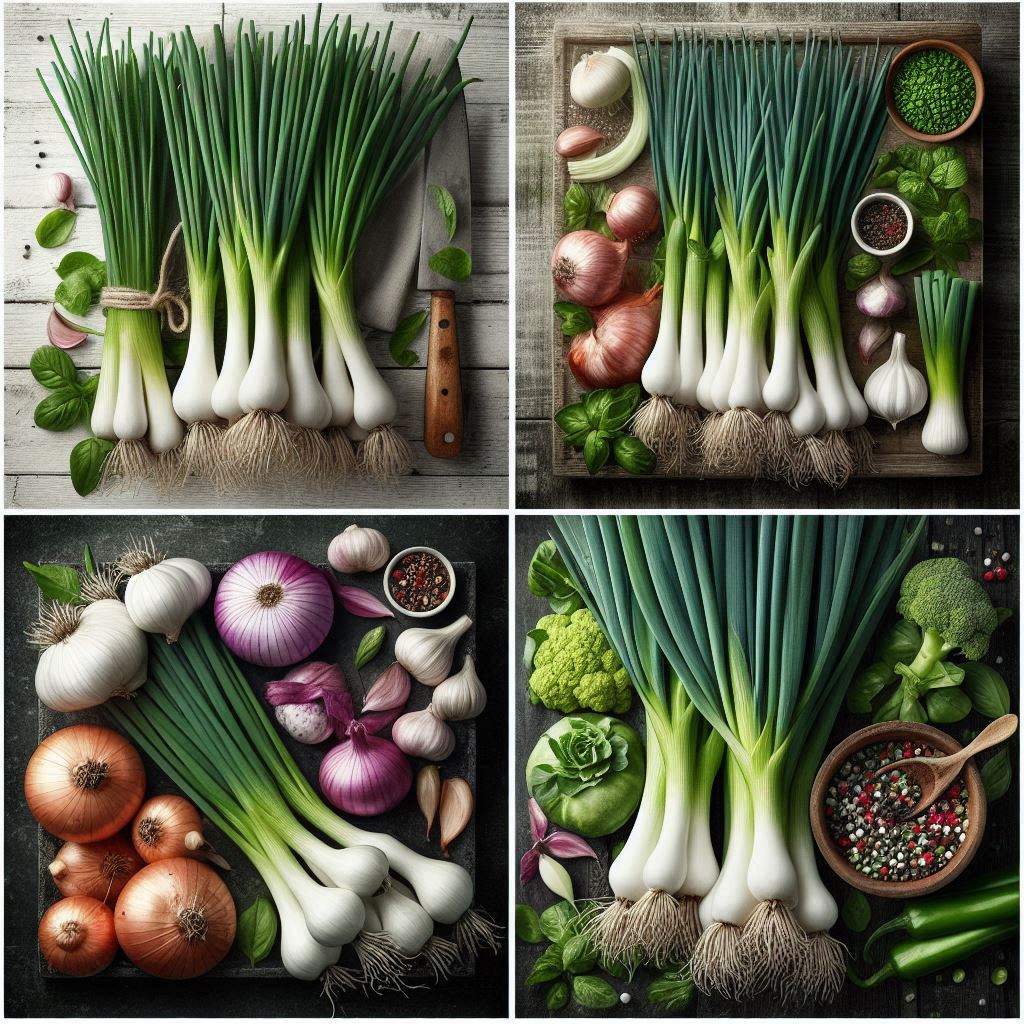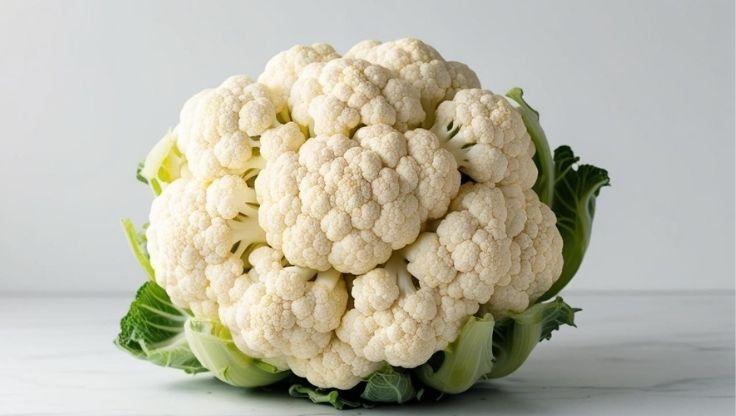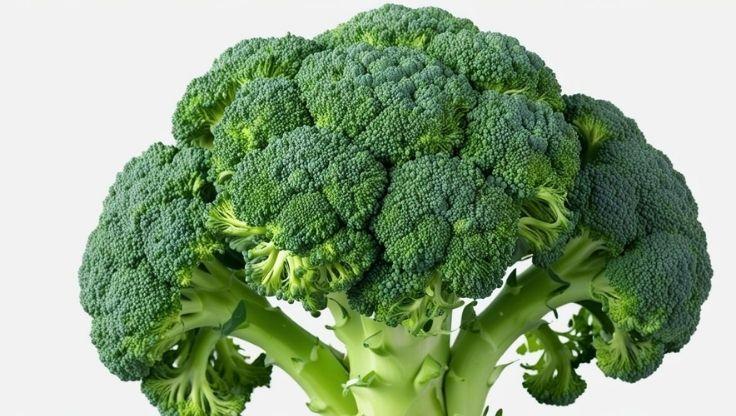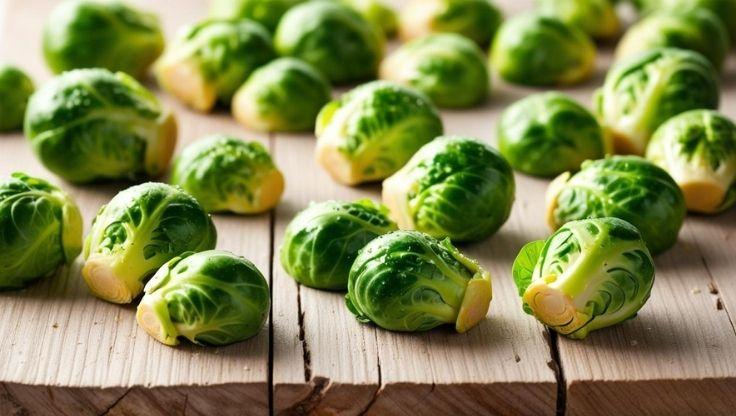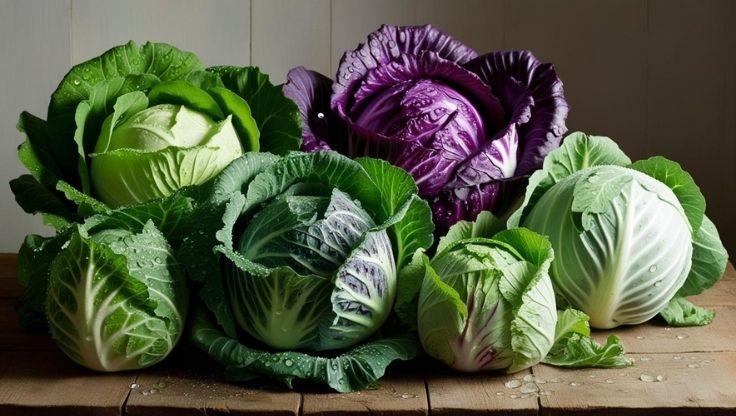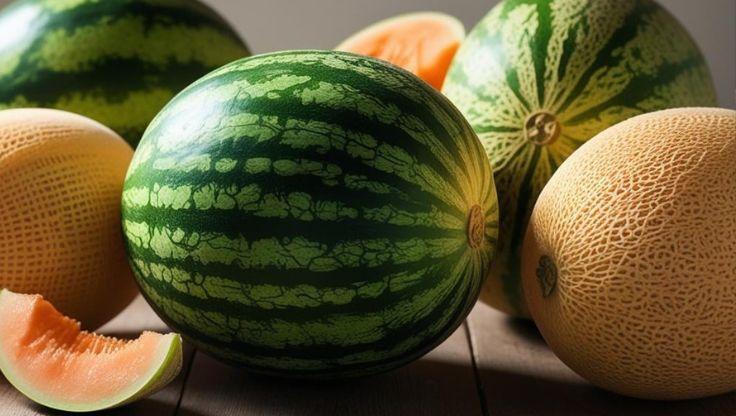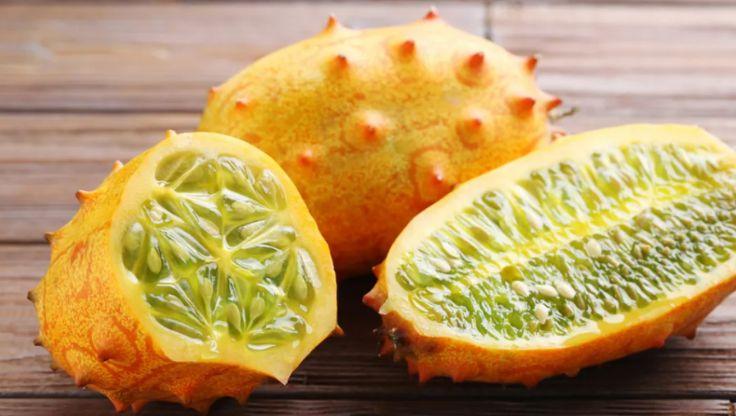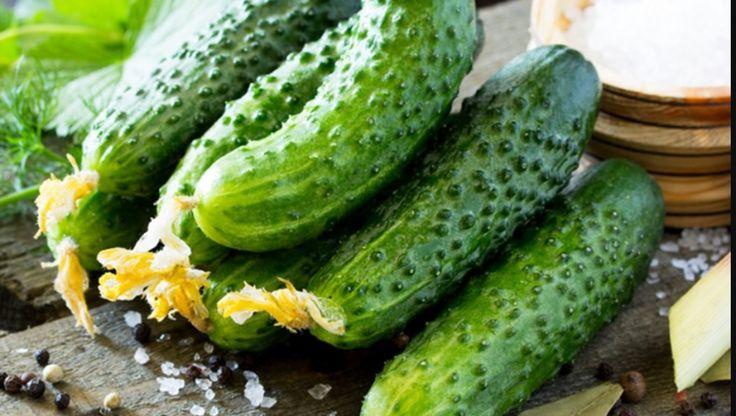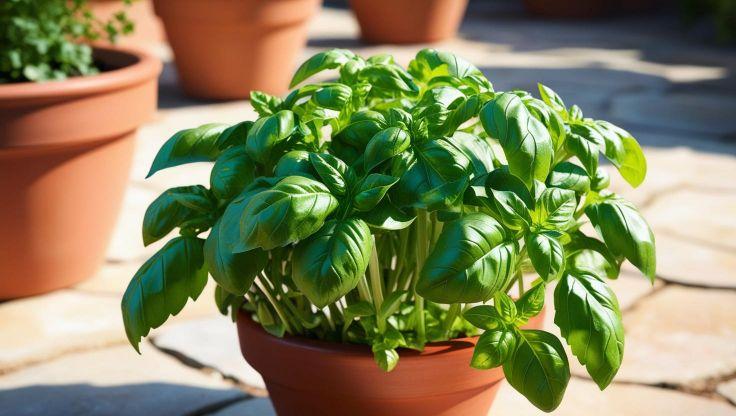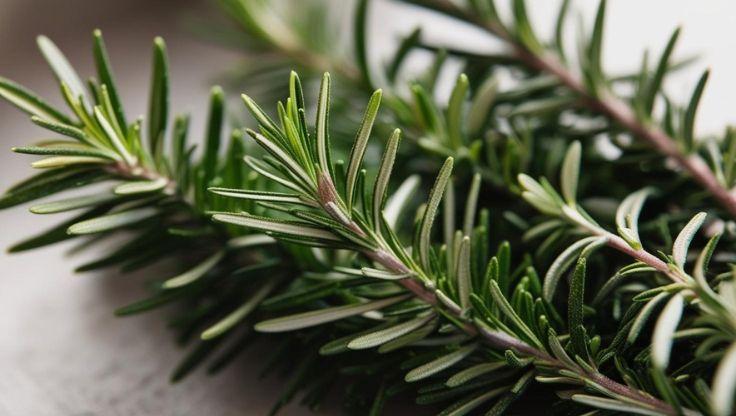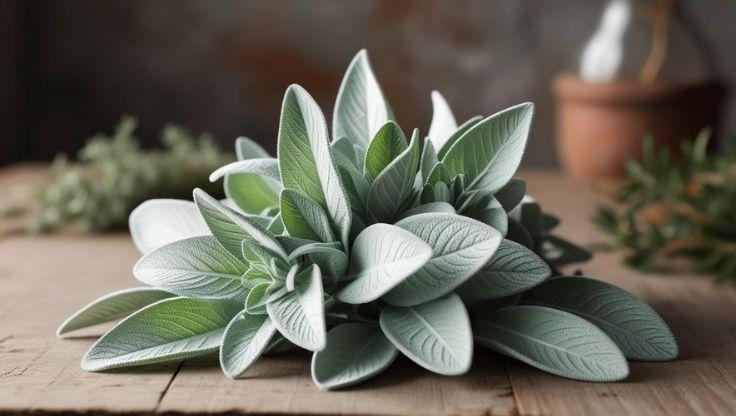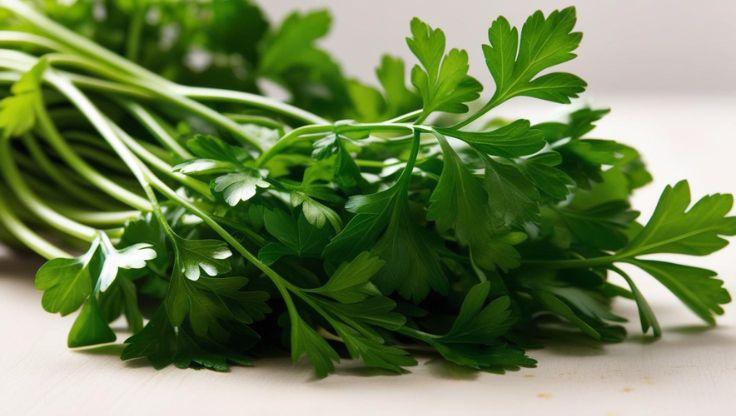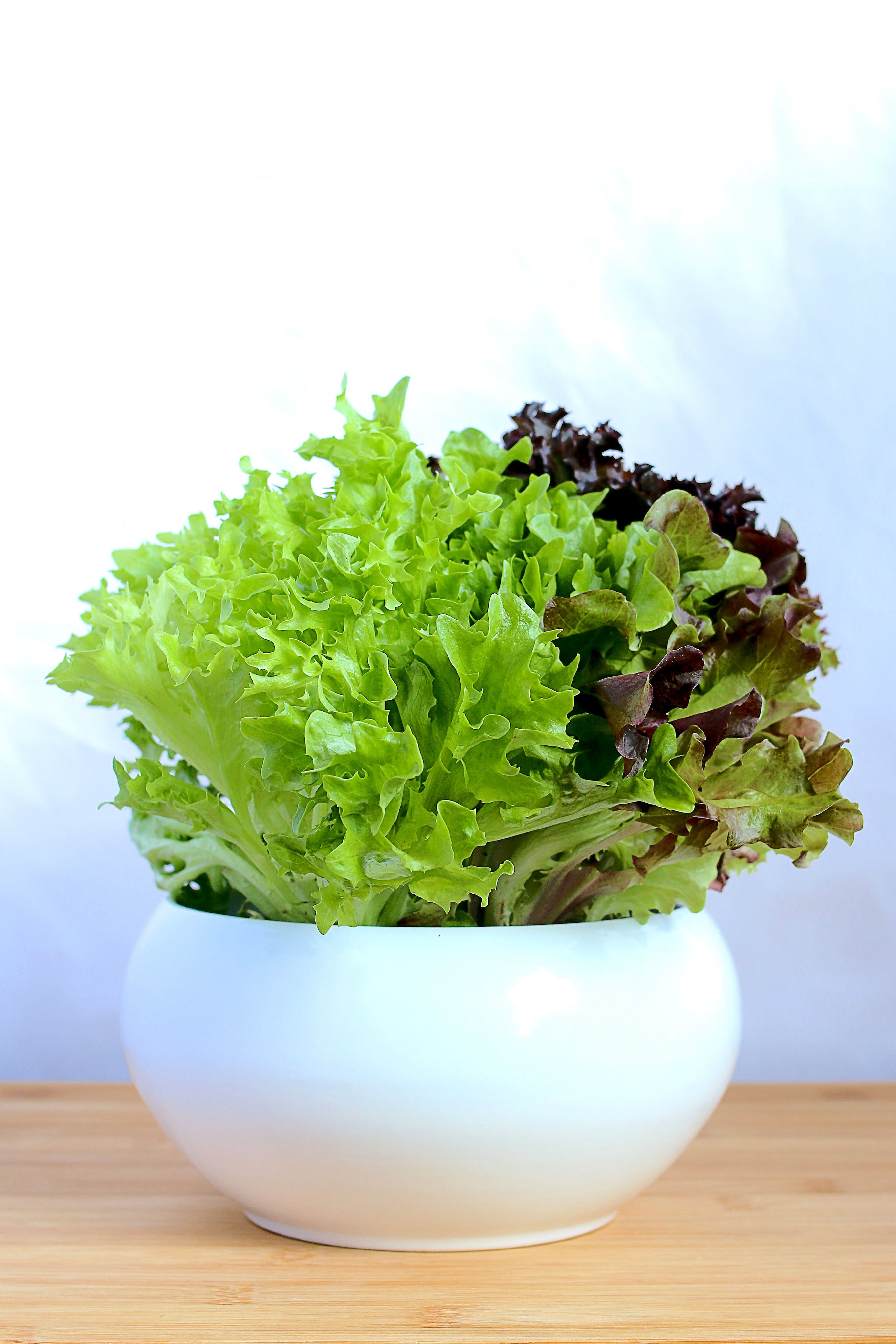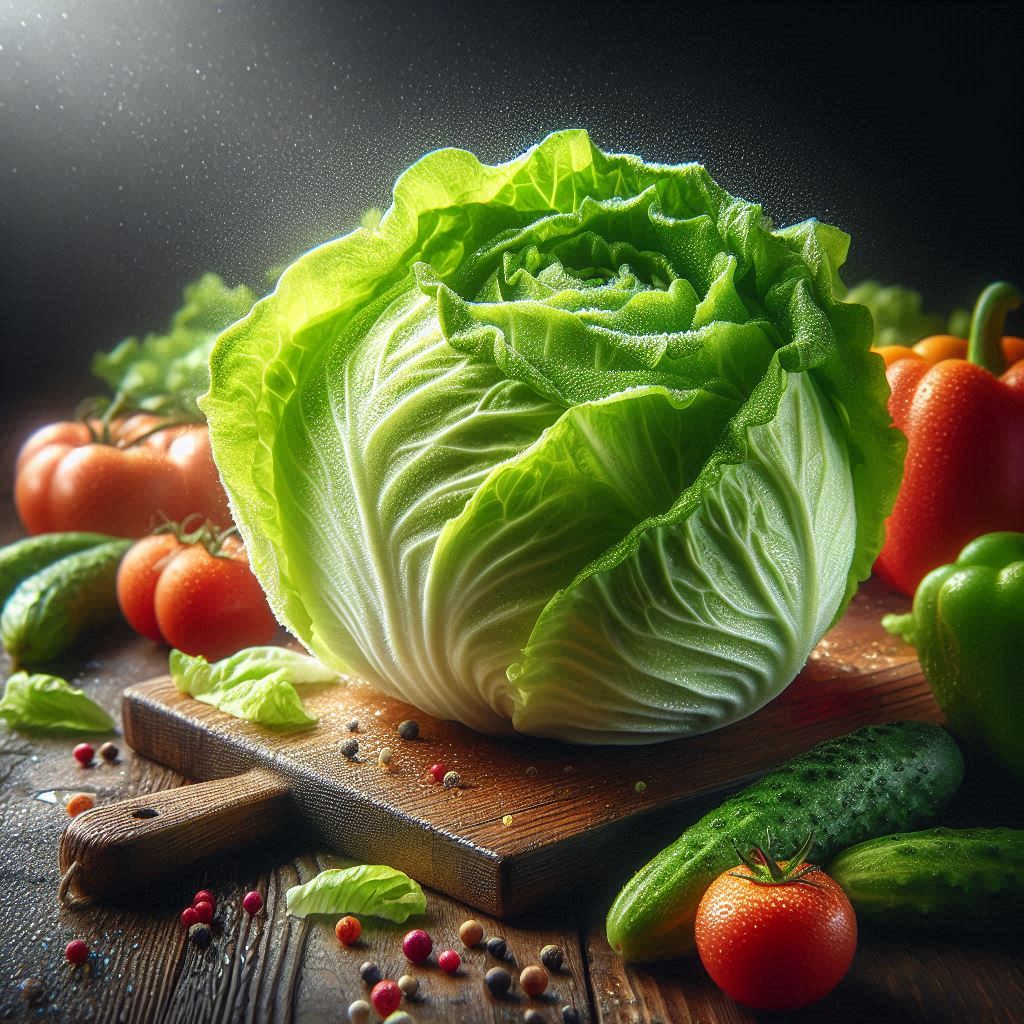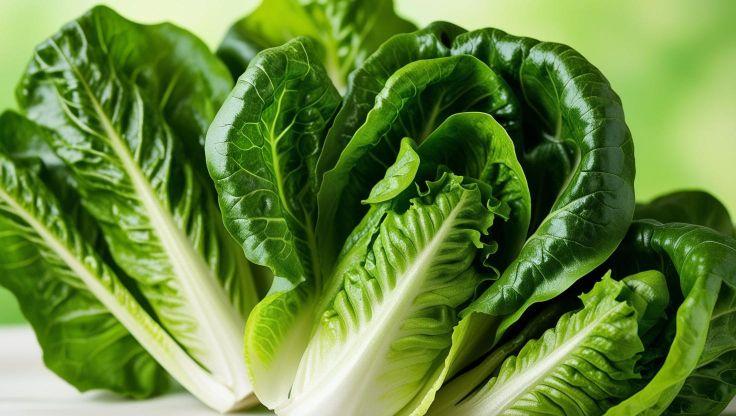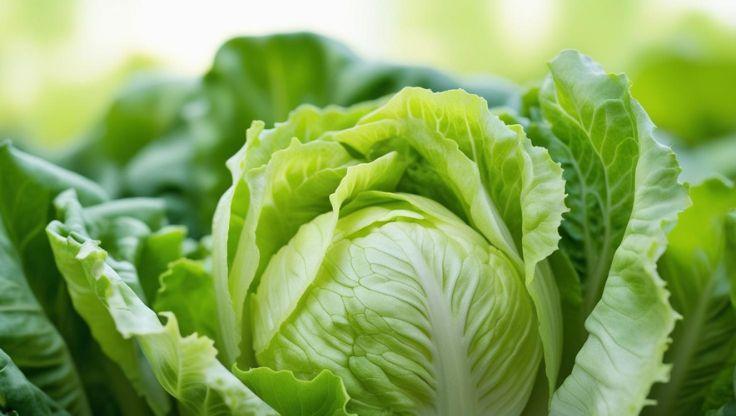Hydroponic Plants: Growing Kiwano for Maximum Yields
Kiwano (Cucumis metuliferus), also known as horned melon, is a unique vegetable prized for its spiky orange skin and refreshing, jelly-like flesh. Native to Africa, Kiwano thrives in controlled environments, making it an excellent candidate for hydroponic farming. Hydroponic plants like Kiwano benefit from optimized nutrient absorption, space efficiency, and higher yields compared to traditional soil-based cultivation.

Optimized Guide to Hydroponic Growing Conditions for Kiwano
Hydroponic plants, including Kiwano (Cucumis metuliferus), thrive in controlled environments that optimize nutrient absorption, accelerate growth, and ensure consistent fruit production. Also known as horned melon, Kiwano is a unique tropical fruit with spiky orange skin and a jelly-like green interior. By carefully managing key factors such as pH balance, electrical conductivity (EC), lighting conditions, temperature, and humidity, growers can cultivate healthier crops with higher yields.
Ideal pH and EC Levels for Hydroponic Kiwano
Maintaining precise pH and EC levels is fundamental to supporting vigorous plant development and efficient nutrient uptake.
- pH Range: Hydroponic Kiwano requires a pH level between 5.5 and 6.5, which facilitates optimal nutrient absorption and promotes strong root growth.
- EC Levels: An EC level between 1.8 and 2.5 mS/cm ensures a well-balanced mineral supply, preventing nutrient deficiencies and fostering steady development.
- Root System Health: Proper regulation of pH and EC strengthens root structures, leading to robust vine expansion and improved fruit production.
Lighting, Temperature, and Humidity Requirements
Like other hydroponic plants, Kiwano requires specific environmental conditions to sustain steady growth and maximize fruit yield.
- Light Exposure: Kiwano cultivated in hydroponic systems benefits from 10 to 14 hours of daily illumination, ideally provided by full-spectrum LED grow lights or natural sunlight, which enhances photosynthesis and supports healthy foliage.
- Temperature Range: The recommended temperature for optimal Kiwano growth is 20 to 30°C, ensuring consistent metabolic activity and reducing stress-related growth delays.
- Humidity Control: Maintaining humidity levels between 60 and 75% helps prevent dehydration while minimizing the risk of fungal infections, ensuring strong leaf development and successful fruiting.
Optimized Guide to Seed-to-Seedling, Growth Cycle, and Varieties for Hydroponic Kiwano
Hydroponic plants, including Kiwano (Cucumis metuliferus), require precise cultivation techniques to ensure optimal germination, steady growth, and high-yield fruit production. Also known as African Horned Melon or Jelly Melon, this exotic fruit thrives in controlled environments where nutrient delivery, water management, and climate regulation are carefully maintained.
Seed Germination and Early Growth
The cultivation process begins with seed germination, a crucial phase that determines plant vigor and overall success.
- Germination Time: Kiwano seeds typically sprout within 7–14 days, depending on environmental conditions and seed quality.
- Seed Density: To prevent overcrowding and ensure strong root development, each hole should contain only one seed.
- Optimal Conditions: Maintaining a temperature range of 20–30°C (68–86°F) and ensuring adequate moisture levels promotes successful germination.
Transplanting and Growth Acceleration
Once seedlings reach a stable growth stage, they are ready for hydroponic transplantation.
- Transplant Timing: Seedlings should be moved to their hydroponic setup once they reach 3–4 inches in height, ensuring proper root establishment.
- Growth Duration: Hydroponic Kiwano matures within 70–90 days, depending on the variety and environmental conditions.
- Nutrient Optimization: A well-balanced nutrient solution ensures robust vine formation and prevents deficiencies.
Popular Hydroponic Kiwano Varieties
Selecting the right Kiwano variety is essential for maximizing yield and quality. Some of the most suitable hydroponic varieties include:
- African Horned Melon: Known for its spiky orange skin and refreshing, jelly-like interior, commonly used in culinary applications.
- Jelly Melon: A nutrient-rich variety with a mildly sweet and tangy flavor, widely used in smoothies and desserts.
Uses and Benefits of Hydroponic Kiwano
Hydroponic plants, including Kiwano (Cucumis metuliferus), offer a unique combination of culinary versatility, health benefits, and sustainability. Also known as horned melon, this exotic fruit is prized for its vibrant orange spiky exterior and refreshing, jelly-like green pulp. Its mildly tart, citrus-like flavor makes it a sought-after ingredient in various dishes.
Culinary Applications of Hydroponic Kiwano
Kiwano is widely appreciated for its distinct taste and texture, making it a valuable addition to both sweet and savory recipes.
- Smoothies and Fruit Salads: The juicy, gelatinous pulp blends seamlessly into smoothies, enhancing hydration and adding a tropical twist to fruit salads.
- Exotic Desserts: Kiwano is frequently used in sorbets, mousses, and tarts, where its citrusy notes complement creamy textures.
- Cocktails and Garnishes: Its visually striking appearance and refreshing taste make it an ideal garnish for cocktails, mocktails, and gourmet dishes.
Health Benefits of Hydroponic Kiwano
Beyond its culinary appeal, hydroponic plants like Kiwano provide essential nutrients that support overall well-being.
- Rich in Antioxidants: Kiwano contains vitamin C, flavonoids, and beta-carotene, which help combat oxidative stress and strengthen immune function.
- Supports Digestive Health: Its fiber content promotes gut health by aiding digestion and preventing constipation.
- Hydration and Skin Health: With a high water content, Kiwano helps maintain hydration, while its antioxidants contribute to skin rejuvenation and anti-aging effects.


